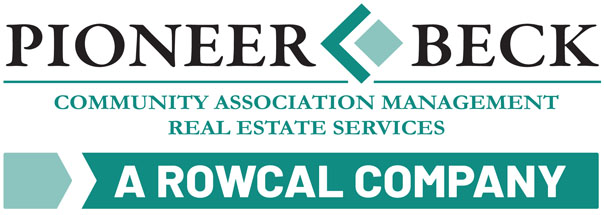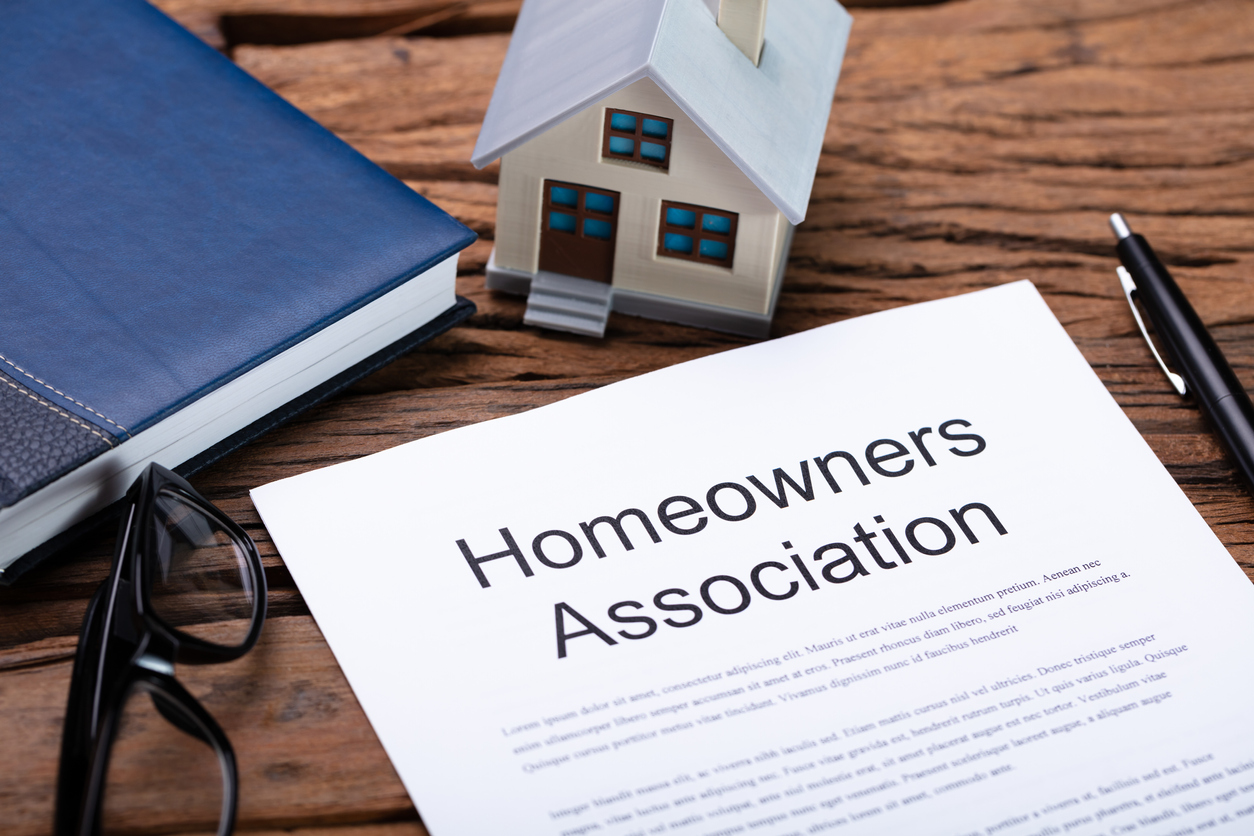Comprehending the Duty of Condo HOA in Community Management
Comprehending the Duty of Condo HOA in Community Management
Blog Article
Exactly How Condo HOA Controls Shared Rooms and Enhances Neighborhood Consistency
The governance of shared areas within a condo association plays a pivotal function in cultivating area communication and maintaining building values. With the facility of comprehensive standards, the Apartment HOA not only manages the use of common services yet also advertises a culture of respect and liability amongst locals.
Function of the HOA
The property owners association (HOA) functions as the governing body for condo neighborhoods, playing a vital function in keeping the residential or commercial property and promoting a cohesive living environment. It is accountable for enforcing and establishing area rules and guidelines, which are developed to protect the aesthetic worth and functionality of the shared area. This administration guarantees that all locals comply with a standard collection of assumptions, fostering a sense of unity among varied house owners.
In Addition, the HOA takes care of the monetary elements of the neighborhood, including budgeting, accumulating dues, and keeping usual areas. This financial oversight is important in making sure that necessary maintenance and renovations are executed immediately, improving residential or commercial property values with time. The HOA likewise acts as an intermediary between residents and external entities, such as city government and solution carriers, dealing with public problems properly.
In Addition, the HOA typically arranges area events and programs, urging neighborly communications and building relationships amongst homeowners. By helping with open interaction and addressing complaints, the HOA contributes to an unified living environment. Thus, its diverse role is essential in ensuring the smooth procedure and overall complete satisfaction within condo neighborhoods.
Policies for Shared Areas
Reliable governance in condo areas requires clear rules for common areas, which are important for preserving order and advertising a sense of neighborhood amongst citizens. These rules function as standards that make sure every person can delight in usual areas, such as pools, gardens, and leisure facilities, without conflict.

Moreover, sanitation and upkeep standards are necessary, frequently stipulating that homeowners must cleanse up after themselves and report any problems to the home owners' association. By clearly interacting these assumptions, the HOA can reduce misunderstandings and encourage regard among residents.
Eventually, distinct guidelines for shared rooms add to the general top quality of life in a condo neighborhood, allowing locals to exist side-by-side quietly while taking pleasure in the facilities that boost their living experience. condo hoa.
Importance of Community Standards

Neighborhood standards play a considerable duty in fostering a natural and respectful environment within condo associations. These standards establish clear assumptions for homeowners, promoting hop over to these guys a feeling of responsibility and shared obligation. By defining acceptable habits and techniques, community guidelines help prevent misconceptions and problems amongst citizens.
In addition, these guidelines work as a framework for keeping the useful and aesthetic honesty of shared spaces. They ensure that all locals stick to requirements regarding residential or commercial property upkeep, noise levels, and usage of public facilities. This uniformity not only enhances the aesthetic allure of the area but additionally adds to overall home values, profiting all homeowners.

Conflict Resolution Strategies
Navigating problems within a condominium association calls for a structured method to make certain fair and reliable resolution. Effective dispute resolution strategies commonly start with open communication, encouraging citizens to voice problems in a respectful fashion. Establishing an assigned channel for complaints, such as a pointer box or an online forum, can promote this procedure.
Arbitration is another important approach, where a neutral third celebration assists challenging citizens reach an equally acceptable solution. This approach fosters cooperation and understanding, minimizing hostility - condo hoa. The HOA board should also develop clear treatments for attending to grievances, guaranteeing all celebrations understand the steps involved
Routine conflict resolution training for board participants can improve their capability to take care of disagreements properly. Using a well-defined structure, such as the "Interest-Based Relational Method," helps focus conversations on rate of interests rather than positions, promoting a solutions-oriented way of thinking.
Benefits of Community Harmony
Fostering neighborhood harmony within a condominium association brings various benefits that enhance the total living experience for citizens. An unified community urges collaboration and participation amongst next-door neighbors, website here bring about a much more jovial ambience. When residents feel linked and respected, they are much more likely to take part in communal activities and join decision-making procedures, resulting in a stronger sense of belonging.
Moreover, community harmony significantly decreases problems and misconceptions, which can or else interrupt life. A peaceful environment decreases anxiety and promotes psychological health, enabling residents to appreciate their homes totally. Furthermore, harmonious connections typically convert right into enhanced residential property worths, as possible purchasers are attracted to communities identified by stability and collaboration.

Conclusion
Via the facility of clear guidelines and area standards, homeowners are urged to maintain a respectful and answerable atmosphere. Eventually, the initiatives of the HOA add to a natural neighborhood, promoting both residential or commercial property values and overall resident contentment.
Moreover, the HOA typically organizes neighborhood occasions and programs, motivating neighborly interactions and constructing relationships among residents. By marking acceptable behaviors and methods, neighborhood guidelines assist prevent misunderstandings and disputes amongst residents.
In addition, area standards promote reliable communication amongst citizens and the Homeowners Organization (HOA) Through the establishment of clear rules and neighborhood guidelines, homeowners are encouraged to preserve a answerable and respectful environment. Ultimately, the efforts of the HOA contribute to a cohesive area, advertising both residential property values and general resident contentment.
Report this page